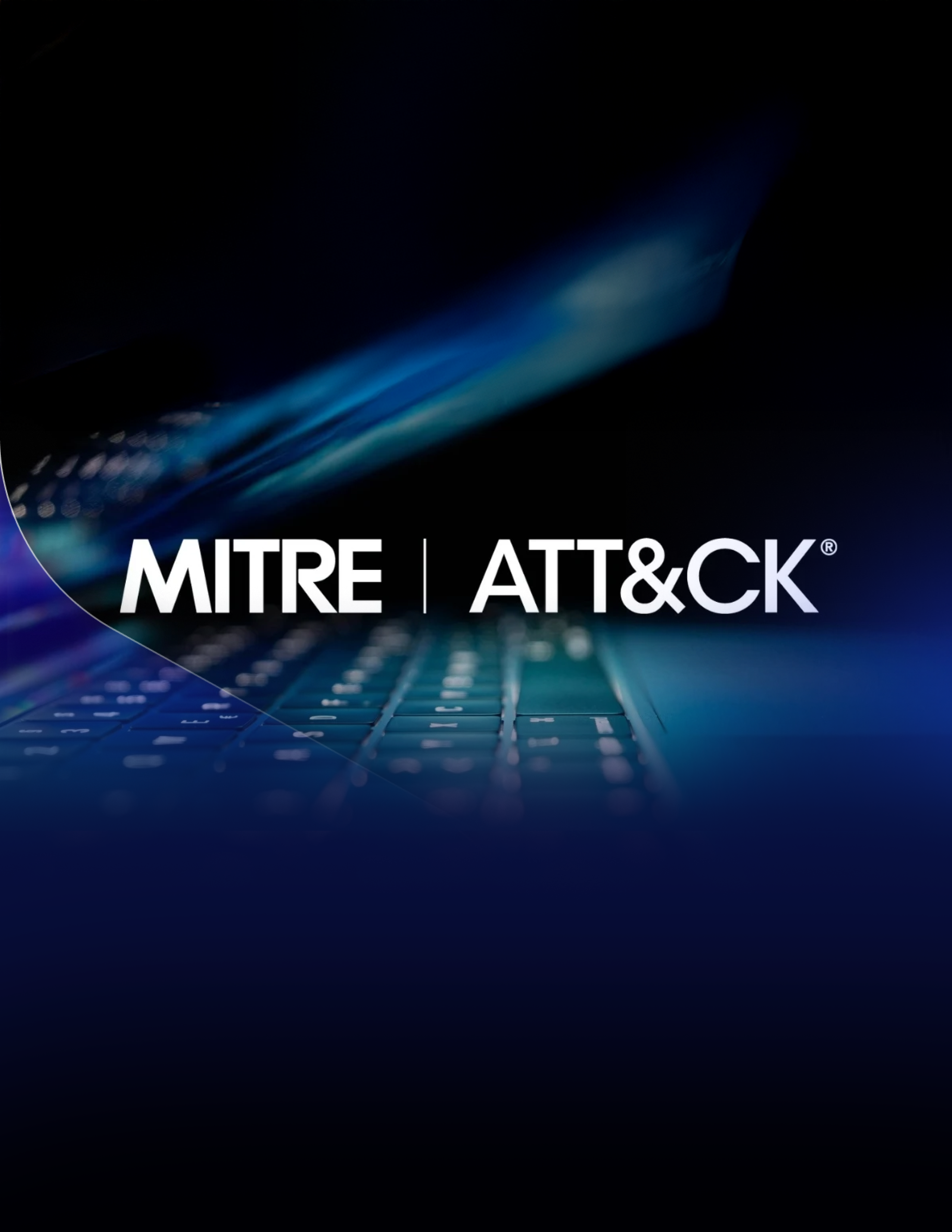Stopping more,
spending less
How prevention shifts the cybersecurity equation

The compounding cost of prevention gaps
Cybersecurity leaders know the true cost of a cyber attack. The 2025 Sophos State of Ransomware report puts the average recovery cost from an attack at $1.5 million — covering downtime, lost revenue, and recovery efforts. The ripple effects include:
141%
The increase in remote ransomware attacks between 2022 and 2024.
$1.5 million
The average cost to recover from a ransomware attack — before you even consider any ransom paid.
Disrupted employee productivity as attackers move laterally across systems.
Customer-facing outages and business interruption.
Expensive forensics and incident response.
Regulatory scrutiny, fines, and reputational harm.
Closing prevention gaps and stopping cyberattacks early remains one of the most effective ways to reduce exposure, minimize impact, and preserve long-term resilience.
Why prevention-first is �smart spend in security
A prevention-first strategy isn’t just good security — it’s good economics. Stopping threats early lowers the total cost of ownership across tools, staffing, and recovery. No cybersecurity program is flawless, but a prevention-first approach can dramatically reduce risk and cost.
The Sophos Annual Threat Report highlights a troubling trend: Remote ransomware attacks have surged by 141% over the past two years. With threats evolving rapidly, organizations need more than just detection — they need protection that stops attacks before they start.
Endpoint protection plays a critical role in blocking these costly threats �before they cause damage. While managed detection and response (MDR) �can dramatically reduce dwell time, even the fastest detection still comes with a cost.
Prevention changes the equation entirely. Organizations that invest in strong prevention — including exploit protection, behavioral detection, and real-time threat intelligence — see dramatically fewer incidents, leading to:
For most organizations, prevention is not only a technical priority but also a financial necessity. The sooner you can stop an attack, the lower your exposure and expenses, and the faster you can recover.
Every cyberattack that is prevented saves time, money, and protects your reputation. By stopping attacks early, you reduce analyst workload, minimize escalations, and decrease cleanup time.
At Sophos, we protect more than 600,000 organizations worldwide. For them, prevention is a strategic layer of defense — reducing risk, preserving analyst focus, and improving response. As threats become more complex and relentless, prevention becomes a force multiplier, resulting in fewer breaches, less noise, and lower costs.
Less noise and fewer escalations = reduced analyst burnout and lower staffing costs.
Fewer breaches = less money spent on incident response, forensics, and legal.
Faster ROI = every blocked attack is $1 million not spent recovering from it.
The platform power �behind prevention
Prevention doesn’t deliver ROI without platform intelligence. A weak foundation drives up costs through false positives, missed detections, and manual rework. Sophos Central takes a fundamentally different approach. Every day, it processes 223 terabytes of telemetry from more than 600,000 organizations, producing 34 million high-confidence detections �— backed by real-time threat intelligence from Sophos X-Ops threat experts.
This creates an active, real-time feedback loop that continuously sharpens Sophos' prevention capabilities and lowers the signal-to-noise ratio across the entire platform.
Sophos Central is open by design, allowing for seamless integration with existing tools such as Microsoft Defender and various third-party security and IT products. This enhances security without causing disruptions and improves the ROI for tools you already use, eliminating the need for disruptive replacement changes.
In independent MITRE ATT&CK evaluations, Sophos stopped threats so early in the kill chain that some techniques never had a chance to register. That’s real-world proof of avoided downstream cost and validates the prevention-first approach. Every early block is an incident you don’t have to investigate, an alert your analysts don’t burn cycles on, and a breach your business doesn’t pay to recover from.
That’s what platform-powered prevention looks like.
Shift left: Security economics
In software, the “shift left” mindset means catching bugs early, before they get expensive to correct. The same principle applies to cybersecurity: The earlier you stop an attack, the less it costs. Prevention at the edge is faster and exponentially cheaper than detection and response downstream.
Every threat that slips past prevention increases risk and piles on costs, including analyst time, containment, legal exposure, and downtime. �But when you block it early, you skip the firefight — and save the costs associated with a cyberattack.
Prevention as a business imperative
Cybersecurity is no longer just about defense �— it’s about economics, trust, and operational resilience.
Prevention-first strategies:
Cut complexity and cost by reducing incident volume.
Reduce response times and analyst fatigue.
Protect data, operations, and customer trust.
Prevention isn’t about perfection — it’s about intercepting threats before �they escalate, using behavioral detection, exploit mitigation, and threat intelligence to shift the economics of cybercrime.


© Copyright 2025. Sophos Ltd. All rights reserved.
Registered in England and Wales No. 2096520, The Pentagon, Abingdon Science Park, Abingdon, OX14 3YP, UK Sophos is the registered trademark of Sophos Ltd. All other product and company names
mentioned are trademarks or registered trademarks of their respective owners.
You can’t detect your way �out of every breach, but you can �prevent many before they start.
Prevention pays. It pays in reduced noise, fewer escalations, lower cost per incident, and faster ROI.
If you want to stop more threats faster — and spend less doing it — start with prevention.
Try Sophos Endpoint free for 30 days at sophos.com/prevention.
"In independent MITRE ATT&CK evaluations, Sophos stopped threats so early in the kill chain that some techniques never had a chance to register."

Prevention isn’t about perfection — it’s about intercepting threats before they escalate, using behavioral detection, exploit mitigation, and real-time threat intelligence to shift the economics of cyberattacks.













